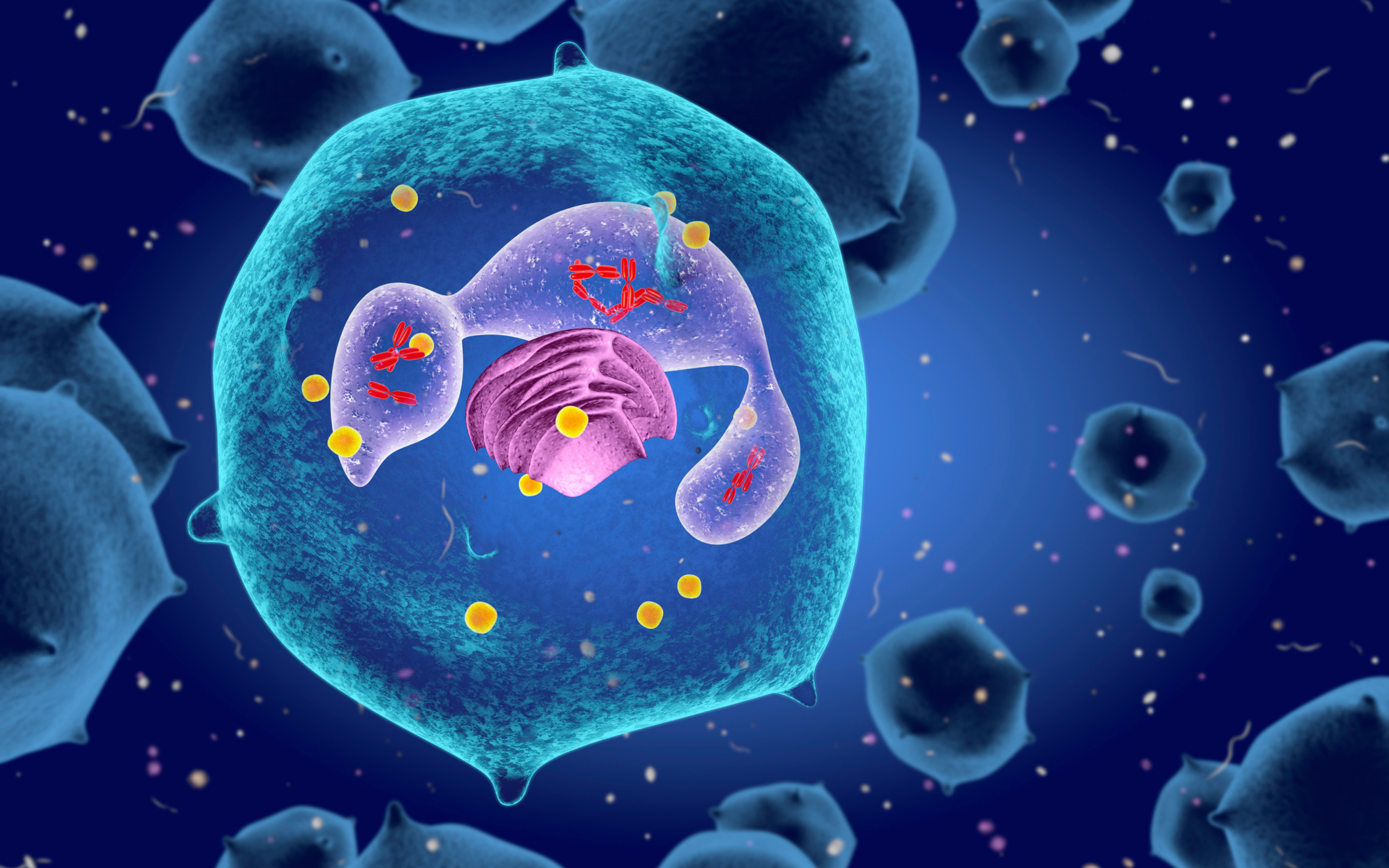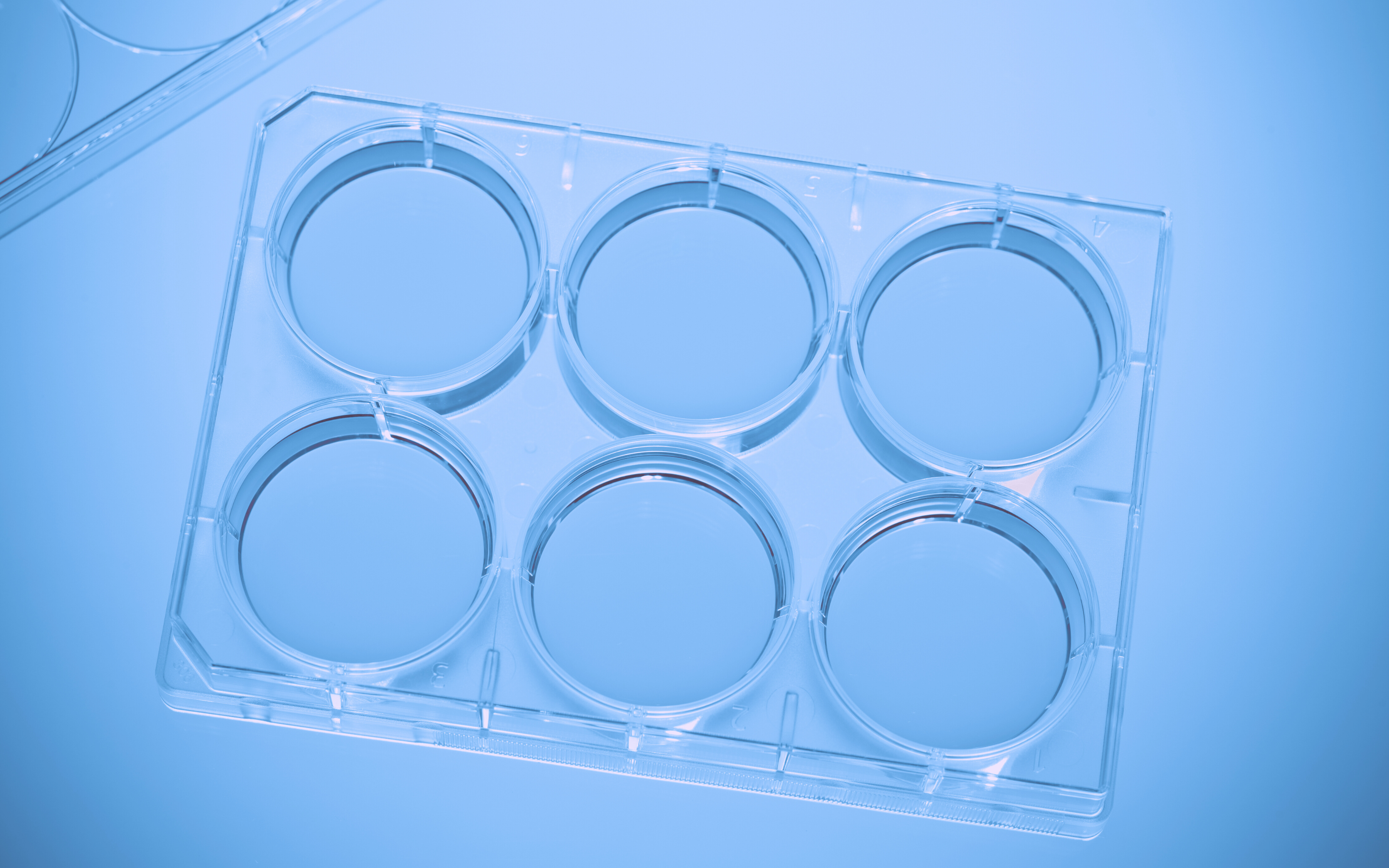Real-time PCR
Real-time PCR, also known as quantitative PCR, is a powerful and well-established gene analysis technique used in everything from basic research to COVID-19 testing. As its name suggests, it measures the accumulation of sequences in real-time, while they are being amplified in a PCR reaction. The original quantity of DNA is calculated by measuring the change in fluorescent signal intensity at the end of each cycle and comparing it to a reference sample to determine the original number of template DNA molecules.
Challenges
It can, however, prove challenging to detect a particularly rare sequence in a sample with real-time PCR. This is because when a mixture of sequences is amplified in bulk if a certain sequence is rare enough, it might not be detected at all due to competition with more common sequences. But why is the detection of rare sequences important? The answer is that some of the most important biomedical insights can be derived from the discovery of rare sequences. When testing for viral infectious diseases, for example, only a small fraction of the sequences in a sample are expected to be of viral origin, especially in the earliest stages of infection. Similarly, when testing for cancer, only a minority of sequences present in a liquid biopsy are expected to be mutant sequences, which is why we cannot afford to miss them.
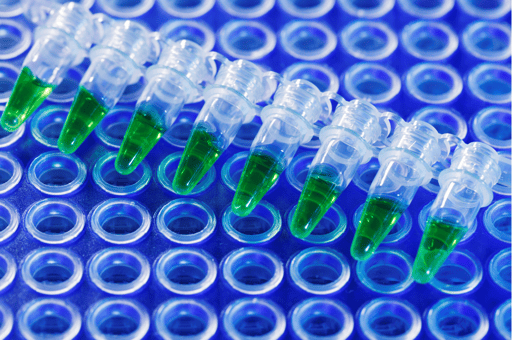
The Solution - Digital PCR
Digital PCR solves the problem of undetectable rare sequences by relying on the partitioning of samples prior to PCR amplification. Individual DNA molecules, or a limited number of them, are isolated in thousands of separate compartments, which can be solid microchambers or microdroplets. When PCR amplification occurs, the contents of each compartment are amplified separately, generating a fluorescent signature and ensuring that all sequences are detected. Since partitioning is random, rare sequences sometimes end up in the same compartment as common sequences, but given the small number of DNA molecules in each compartment, the competition that characterizes real-time PCR is drastically reduced.
Additional Advantages
In addition to detecting extremely rare sequences, digital PCR also quantifies them, which is vital for both medical and environmental testing. Moreover, unlike real-time PCR, the digital PCR method does not rely on pre-calibrated standards and reference samples, which can be difficult to obtain for rare sequences. Consequently, digital PCR is especially useful for genotyping single cells due to its higher sensitivity and precision. And unlike real-time PCR, which is severely affected by high PCR inhibitor concentrations, the massive partitioning that characterizes digital PCR renders it highly tolerant to inhibitors.
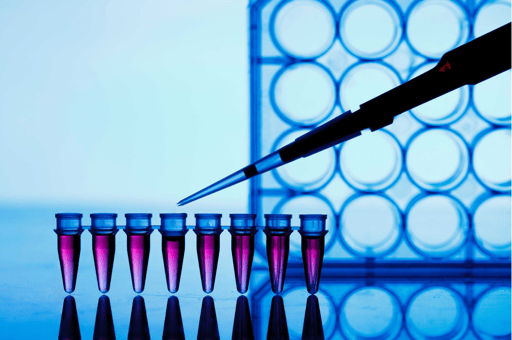
Transitioning to Digital PCR
Though labs accustomed to running traditional real-time PCR protocols may benefit from switching to digital PCR, the right research data management system is crucial to making the most of this groundbreaking technology. Labguru, a leading ELN and LIMS, enhances your digital PCR capabilities. Its all-in-one platform streamlines digital PCR by integrating all relevant instruments into one centralized system. Moreover, Labguru’s inventory management tools empower users to track stock and material quantities, locations, and expiration dates, alerting them when orders must be placed to prevent experiment delays. Meanwhile, Labguru’s molecular biology tools allow users to design and visualize primers easily. Thus, the creation and management of everything, from primer and template collections to DNA polymerases, dNTPs, and various buffers, is facilitated, paving the way for uninterrupted digital PCR assays. Spreadsheets containing digital PCR data are also automatically uploaded to Labguru, saving time and eliminating the human errors associated with manually transcribing and results. Moreover, since the partitioning of samples in digital PCR yields data for each individual compartment, Labguru’s Datasets module can be leveraged to integrate data across multiple spreadsheets and attach them to experiment pages, facilitating the conduction of searches and streamlining analysis. Taken together, Labguru’s features allow scientists to harness digital PCR for true innovation.
To discover more about Labguru’s digital PCR data solutions,
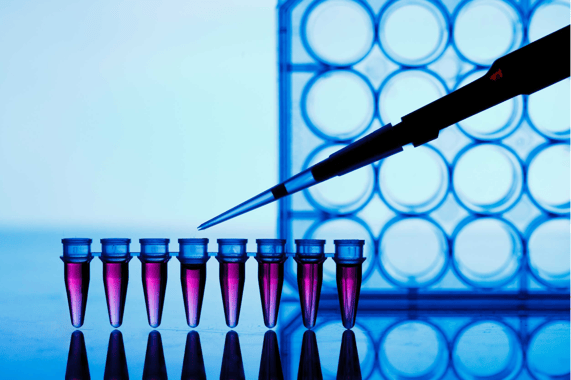

%20(4).png)
